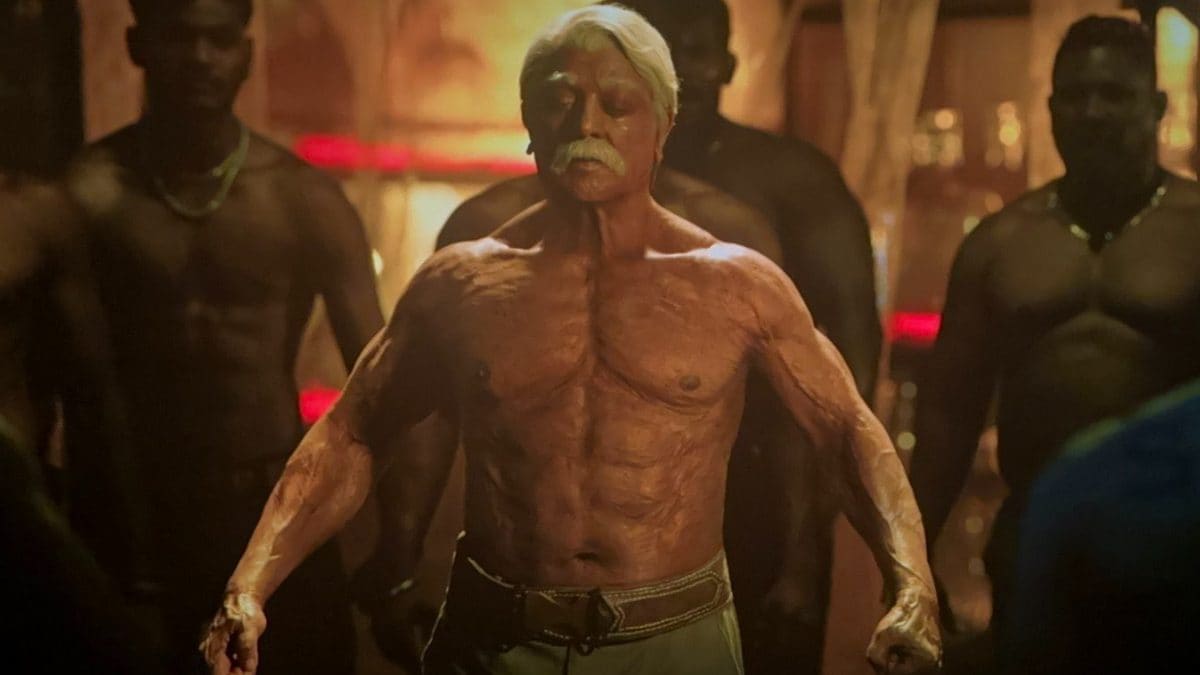The highly anticipated sequel to the 1996 hit film Indian, Indian 2 has faced a legal challenge from the Multiplex Association of India (MAI) for allegedly violating the mandated streaming timeline. This incident raises crucial questions about the power dynamics between film producers, streaming platforms, and exhibition sectors, particularly concerning the OTT release window. This analysis delves into the complexities surrounding the controversy, exploring the rules, the rationale behind them, and the potential implications.
The OTT Release Window Controversy
The Multiplex Association of India has imposed a set of guidelines for Hindi films that dictate an eight-week window between theatrical release and availability on Over-The-Top (OTT) platforms. The purpose of this rule is to protect the profitability of theatrical releases by preventing a significant decline in moviegoers due to early streaming access. The association, which includes major multiplex chains like PVRInox and Cinepolis, has taken a firm stance on upholding this rule.
However, the producers of Indian 2, seemingly eager to capitalize on the film’s hype, released the film on Netflix a month earlier than the stipulated eight weeks, causing immediate uproar from the MAI. This blatant disregard for the pre-agreed upon guidelines has resulted in the MAI taking legal action against the film’s producers, asserting that the early OTT release infringes upon the contractual terms and significantly hampers the financial viability of theatrical runs.
The Multiplex Association’s Standpoint
The MAI argues that their rule is essential to ensure the sustainability of the exhibition sector. A short theatrical window would discourage audiences from watching movies in cinemas, thereby impacting box office revenues, advertising income, and the overall financial health of multiplexes. Their stance emphasizes the importance of maintaining a balanced ecosystem, one where both theatrical releases and streaming platforms thrive harmoniously.
The MAI also points out that Indian 2 had received release dates in multiplexes only after producers agreed to abide by the established eight-week OTT release rule. By breaking this agreement, the producers have acted in bad faith, jeopardizing the trust established between them and the exhibition sector.
The Producers’ Perspective
While the producers haven’t issued an official statement regarding the legal notice, one can speculate on their reasoning for the early streaming release. They might have felt compelled to expedite the digital release to:
- Maximize the film’s reach: The earlier streaming availability might entice a larger audience who may not have access to theaters or choose to watch it from the comfort of their homes.
- Capitalize on initial hype: The anticipation surrounding the film was likely at its peak following the theatrical release, making it a prime opportunity to exploit the audience’s eagerness with immediate streaming access.
- Gain competitive advantage: The fast-paced nature of the OTT landscape requires agility and quick adaptation. By offering the film early, producers may be hoping to steal a march on other competing films slated for theatrical release.
However, the consequences of this decision could be far-reaching.
Legal Implications and the Future of OTT Release Windows
The legal action against the producers of Indian 2 underscores the tension between filmmakers, streaming platforms, and the exhibition sector in the evolving media landscape. The MAI’s strict enforcement of the OTT release window reflects its determination to safeguard the theatrical release model. This incident highlights the complexities and the evolving power dynamics in film distribution, prompting further examination of the OTT release window policy.
Implications for the Film Industry
This case has significant implications for the future of film distribution, potentially shaping the industry’s dynamics:
- Theatricality vs. streaming: The tension between theatrical exclusivity and fast-track OTT release highlights a wider debate in the film industry. As streaming services increasingly vie for dominance, the role of traditional cinemas will be under constant scrutiny.
- Negotiations and compromise: The Indian 2 controversy might force more intensive discussions between filmmakers, streaming platforms, and exhibition sectors to arrive at a more balanced approach regarding OTT release windows. This could lead to a renegotiation of the eight-week window or a more flexible framework based on individual film dynamics.
- Legal precedent: The outcome of the legal action against the producers of Indian 2 will set a crucial precedent. The MAI’s success in establishing legal ground for their policy could embolden other regional cinema associations to implement similar regulations, potentially impacting the release schedules of various films across India.
- The influence of streaming platforms: Streaming platforms hold immense power in the current film landscape. The increasing demand for early streaming releases may put further pressure on filmmakers, possibly influencing their decisions even at the risk of legal repercussions.
Takeaway Points
The Indian 2 case highlights the ongoing battle for control in the entertainment industry. The power of streaming platforms, the need for the exhibition sector to adapt and the delicate balance between filmmakers and these distribution channels is complex and constantly evolving.
Ultimately, finding a solution that satisfies the concerns of both the traditional cinema world and the burgeoning digital sphere will require open dialogue and a willingness to compromise. This includes:
- Setting a balanced framework: Implementing more flexible guidelines, allowing for specific film release dates based on factors like budget, genre, and expected audience.
- Open communication: Facilitating better collaboration and communication between filmmakers, exhibitors, and streaming platforms to establish mutually beneficial agreements.
- Exploring alternative solutions: Incentivizing filmmakers to prioritize theatrical releases through bonuses, revenue sharing, or other financial benefits.
- Maintaining transparency: Creating clear, standardized contracts and agreements that define responsibilities, release schedules, and compensation for all stakeholders involved.
The controversy surrounding Indian 2 serves as a stark reminder of the challenges and the evolving landscape of the film industry. The future of film distribution rests on the ability of all stakeholders to collaborate and adapt to the new reality. Finding a solution that balances the needs of cinemagoers, the theatrical industry, and the growing power of streaming platforms is a crucial challenge that demands immediate attention.




